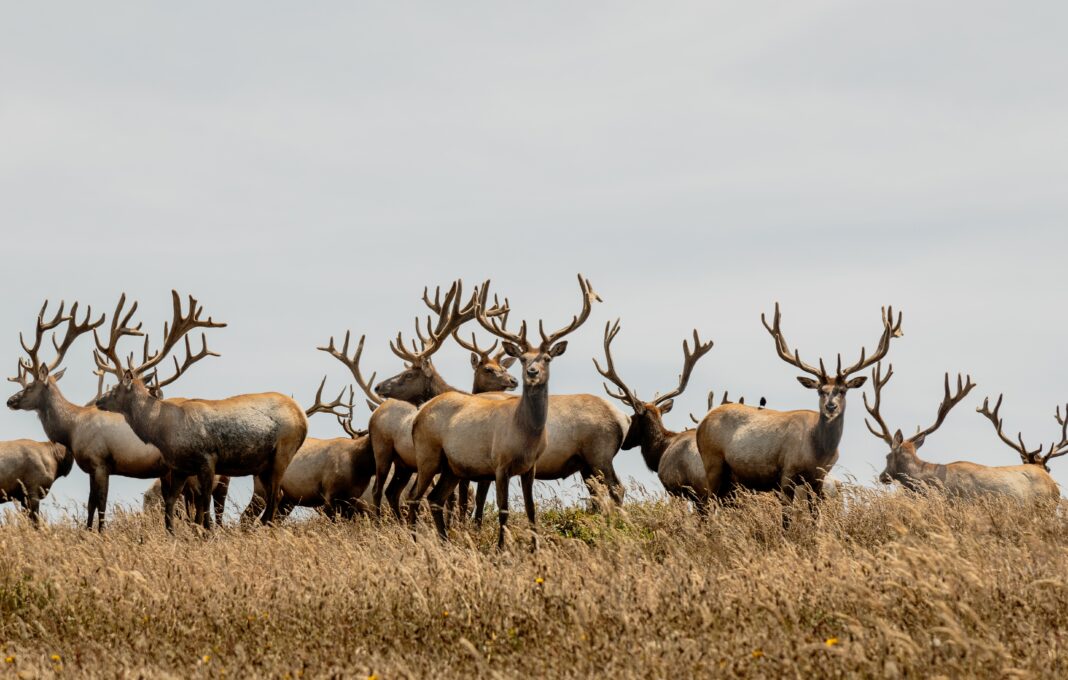The Point Reyes National Seashore (PRNS) responded last week to an investigative report published in the North Bay Bohemian and Pacific Sun in early December.
On Tuesday, Feb. 9, PRNS staff sent out an email newsletter titled “Corrections to Media Coverage on the General Management Plan Amendment” to an unknown number of recipients. The agency posted the same text to a Frequently Asked Questions page of its website under the subtitle “Corrections regarding misinformation published in the press.”
The newsletter presents itself as an effort to correct alleged “factual inaccuracies” in “Apocalypse Cow: The Future of Life at Point Reyes National Park,” an investigative article by Peter Byrne published in the Pacific Sun on Dec. 9, 2020. However, PRNS management’s statements about the facts presented in the article are demonstrably inaccurate.
Two month’s prior to the seashore park’s posting of these public facing messages, on Dec.15, PRNS’s Melanie Gunn emailed the Pacific Sun’s editors contesting the accuracy of several facts as reported in “Apocalypse Cow.”
The editors reviewed Gunn’s allegations and decided that the article was accurate. In a Dec. 21 email, news editor Will Carruthers informed Gunn that the article was factually correct and offered to participate in an electronic meeting with Gunn and Byrne to discuss the documentation of the facts.
Gunn did not respond to the Pacific Sun’s offer. Instead, almost two months later, NPS officials published a revised version of Gunn’s original allegations in the newsletter and on its website without first contacting the Pacific Sun for a response.
In an email to Gunn and the Seashore’s new superintendent, Craig Kenkel, last week, Byrne requested that the federal agency remove the inaccurate information from its website and send a retraction to the newsletter email list. Byrne sent the park officials and their bosses at the U.S. Department of Interior a factually detailed rebuttal of the allegations. So far, the agency has not issued a retraction, nor has it removed the offensive information from the website.
The PRNS’s campaign to push back on Byrne’s reporting comes weeks after Kenkel was appointed by the outgoing Trump administration as superintendent of the Point Reyes National Seashore. In his prior position, Kenkel served as superintendent of Cuyahoga Valley National Park in Ohio, a national park which offers leases to farmers.
In a December interview with the Point Reyes Light, Kenkel was open to extending 20-year leases to cattle ranchers using the PRNS, stating that there is “a long history of ranching at Point Reyes” which is “worth preserving.”
Below we respond to a few of the Park Service’s allegations about our reporting. A full rebuttal to the allegations is available here.
Park or Seashore?
The PRNS’s first allegation is that the article’s headline is “wrong.”
“The park name is Point Reyes National Seashore not Point Reyes National Park,” the Feb. 9 newsletter complains.
Whether or not the use of “Seashore” or “Park” meaningfully changed any readers’ understanding of the issues covered in the article, Gunn’s first allegation is undercut by the Park Service’s own publications.
The PRNS website features a subhead reading “Learn About the Park” and other references flagging the National Seashore as a “park.”
The NPS also uses “park” to refer to the PRNS in a standard lease issued to ranchers by the PRNS which defines the “Park” as “all lands, waters and structures within the legislative boundaries of or within areas administered by Point Reyes National Seashore…”
Despite using “park” in the headline, Apocalypse Cow repeatedly referred to the park by its more formal appellation — Point Reyes National Seashore — throughout the story.
Protected Species
The PRNS’ Feb. 9 newsletter alleges that the article inaccurately identified Tule Elk as a threatened or endangered species, which are legal terms. The article did not use those terms. It correctly identified tule elk as a “federally protected species,” which is a true statement supported by the Park Service’s written policy.
The elk have long received federal protections inside the park, leading to the Pacific Sun’s choice to refer to them as “federally protected.” For example, the Park Service’s’ 1998 “Tule Elk Management Plan” repeatedly refers to the elk as “protected”:
- The NPS has an agreement with California binding it to “Protect and preserve the tule elk population at Tomales Point consistent with NPS policies.”
- “Tule elk are a distinct subspecies of elk endemic to California that was given special protective emphasis by State and Federal agencies (Phillips 1976), although it is not a state or federally listed threatened or endangered species.”
Unfortunately, in accusing the Pacific Sun of factual inaccuracy, the Park Service has resorted to issuing false statements about a critical story. For more details documenting the Park Service’s errors, please see the Pacific Sun’s full response.











